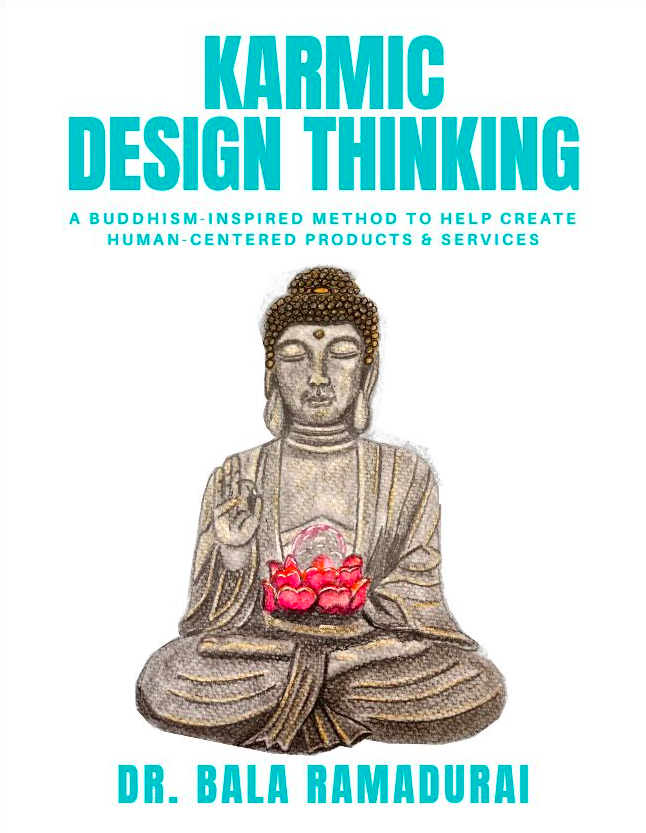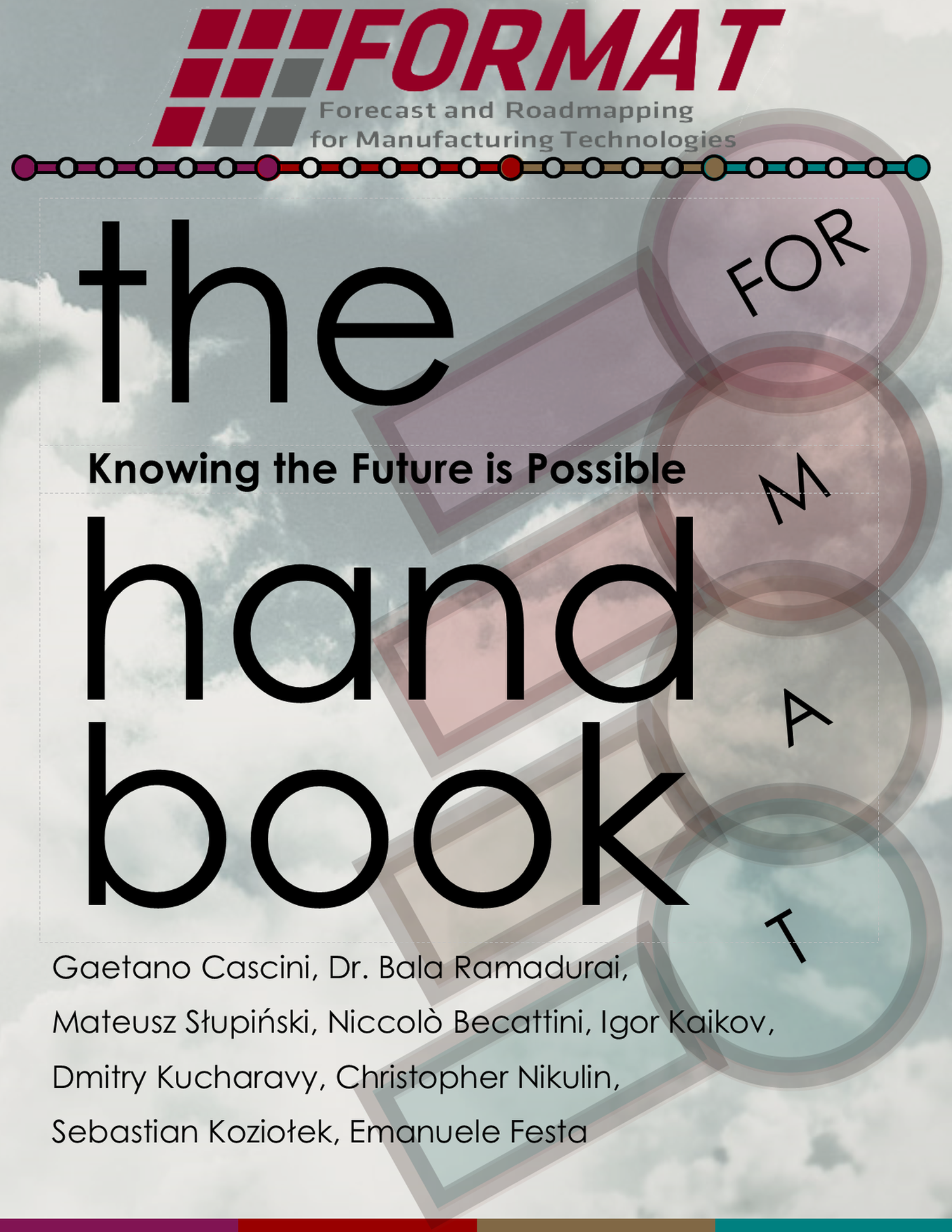2021-03-10
How do you get to know about the life of a security guard of a University? What does their day look like? How can we help them stay focused on their job while making some of their troubles go away? I wasn’t thinking of these things. A professor, in my Design Thinking Faculty Development Program (FDP) organized by CET, Trivandrum, was wondering about these questions. When he heard about the phases of Design Thinking from my latest book Karmic Design Thinking - Empathize, Analyze, Solve and Test, he thought this was the best way to learn. He practised what I preached ☻. The empathy exercise led to some startling conclusions like the number of hours, this man (The professor had tracked a security guard who was a man) had to stand without a break, the kind of climactic conditions that they had to endure. He even supplemented the study with a few pictures for us to see what was it like to be a security guard.
 _[Source](https://world.edu/wp-content/uploads/2016/01/security_guard.jpg)_
_[Source](https://world.edu/wp-content/uploads/2016/01/security_guard.jpg)_
The FDP was organized in this manner:
- Intro to Design Thinking
- Empathize
- Analyze
- Solve
- Test
These four stages are inspired by the Buddhist principles of Four Noble Truths.
Introduction
The intro section consisted of:
- What is the context of Design Thinking?
- What is Design Thinking?
- A case study from the mid 1800s
- How does one remember the four stages of Design Thinking?
Empathize
The Empathize section is where I handed out a few mock scenarios:
- your head of the department
- an out-of-town student
- security guard or cleaner in your organization
Analyze
This section is an interesting add-on to Empathize. My favorite metaphor these days is that:
Customers are like babies.
They let us know that they are in pain or suffering, but it is our job to “guess” what is the real reason? They (being babies) really cannot explain to us why they are suffering. We design thinkers have to figure this one out.
Solve
Murali Loganathan handled the Solve stage with an introduction to TRIZ. He also introduced a toolkit called size-time-cost. This is where we exaggerate the size, time or cost involved and generate ideas. Kinda cool!
Test
We didn’t dedicate much time dedicated to making prototypes or testing them out in the real world, but that’s what you do in this phase. In this section, I explored the fact that erstwhile inventors like Edison and Trouvé didn’t just generate ideas, they built prototypes. In Edison’s case, he also tried to make these inventions innovations, by launching them into the market.
In conclusion
Murali and I had a great time putting together a Design Thinking FDP online (a first for our collaboration :)). Thank you Prof. Jisha Gopi from CET, Trivandrum for inviting us to the FDP funded by the AICTE.






